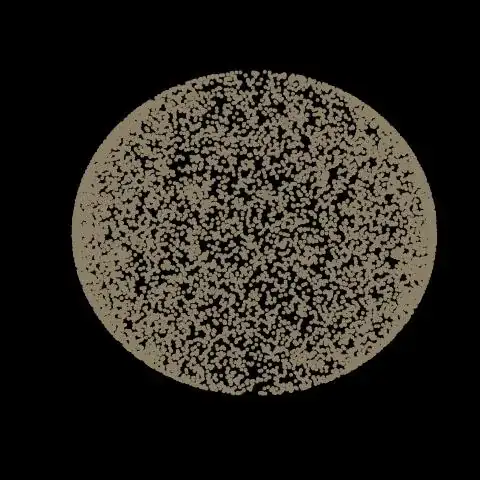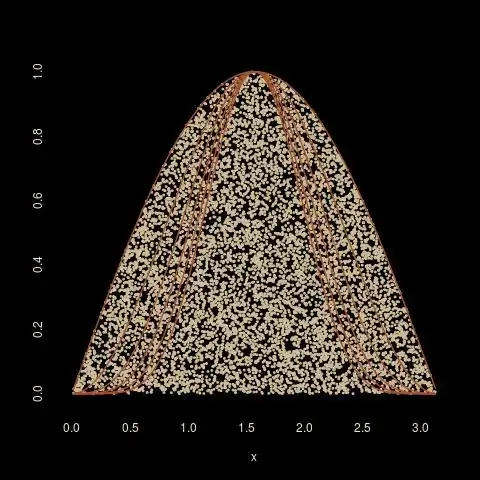So my question is same as this and this which were not answered.
I will explain why do I need this. Perhaps, there could also be a different solution. I use a black box gradient-free optimizer (Bayesian Optimization for clarity) of some cost function $f(x)$, where $x \in R^n$. A special property of the function is that $f(x) = f(ax)$ for any scalar $ a>0$, so the relative scale of $x$ does not matter. Therefore, I add a constraint $||x||_2=1$ which well-poses the search problem.
Possible options are:
1) Black box optimizers usually avoid such constraints. But it is possible to add a regularizer like $(||x||_2-1)^2$ to the cost function. However, I think it is possible to avoid it using the third option.
2) Normalize all elements of $x$ as $x \gets x / ||x||_2$. The inverse mapping is one-to-many, which means that BO will waste time sampling $ax, a>0$ vectors, if for some $a$ we already know $f(ax)$. For the same reason, this is not applicable in my case.
3) Reduce BO sampling dimension by 1, that is to sample $(n-1)$-dimensional variables, which on a unit (n-1)-sphere map into $n$-dimensional Cartesian vector. I am trying to figure out how to do it, but cannot find any way of doing it.


